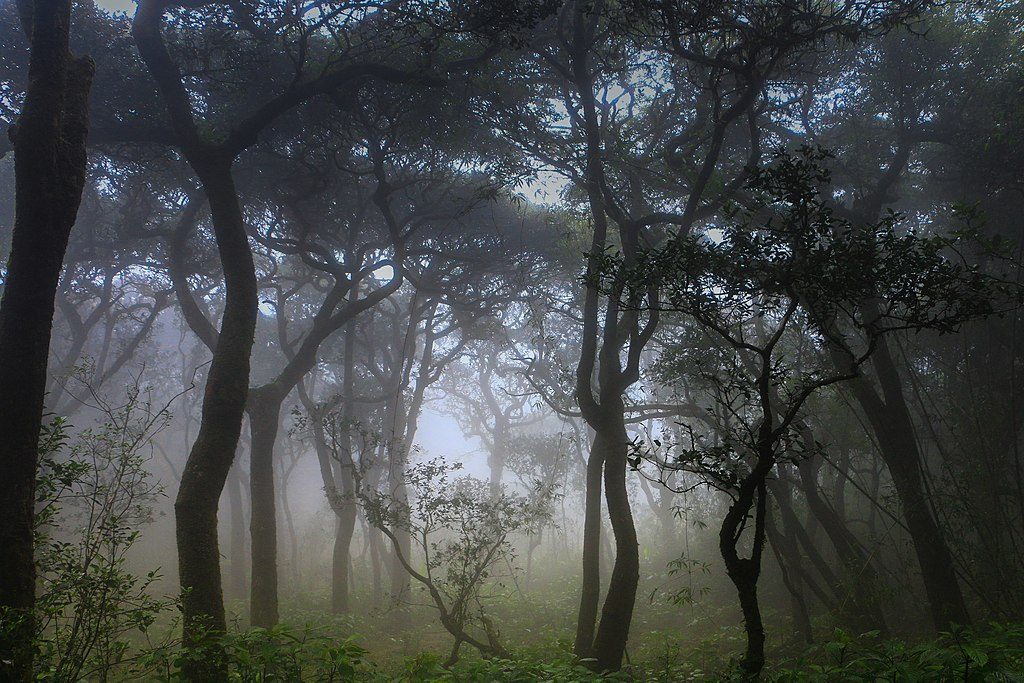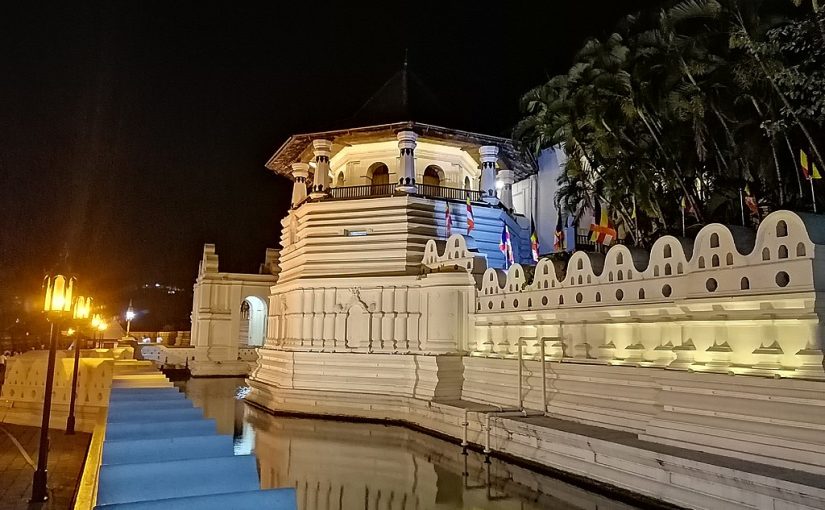Popularly known as the city of Senkadagalapura, the sacred city of Kandy was declared a world heritage site by UNESCO in 1988. Drawing tourists, pilgrims and other visitors in numbers, this city radiates a celestial atmosphere which makes it stand out among other cities in Sri Lanka.
The Positioning

Kandy is located in the central part of the country, with an elevation of 500 metres from sea level. Hidden in the thick forests and majestic mountain ranges, the city stands in pride in all its glory. These mountain ranges include two of Sri Lanka’s most beloved hiking hot spots, Knuckles and Hanthana. Kandy’s location and historical significance have been core reasons for opening up many hotels and resorts like Hunas Falls Hotel, Kandy. Most tourists and pilgrims who visit this sacred city often seek accommodation in a hotel in Kandy, Sri Lanka for a comfortable stay as a day’s trip will not do justice to the beauty of the city.
The History
Kandy was the last capital of the country in the era of the ancient kings. It is also home to the Sri Dalada Maligawa, also known as the Temple of the Tooth which shelters the relic of the tooth of Lord Buddha. Although the locals rebelled massively to save the kingdom of Kandy from British rule, the efforts were finally beaten as the British Ceylon period rose from 1815 to 1948, until the country was freed of colonial rule and gained independence.
Climate
While Sri Lanka is widely known for its tropical weather conditions, Kandy’s geographical positioning deviates the city climate to a wetter and cooler temperature as a result of its 500-metre elevation from sea level. However, the city is still a part of the country’s tropical climate and faces the monsoon seasons from May to July and October to December.
The Kandy City
The cityscape of Kandy includes a quadrangular manmade lake at its centre, with two open spaces in which one corner is occupied by the administration buildings of the old capital. Although not as commercialised as Colombo, Kandy still welcomes tourists and hosts several hotels, shopping complexes and local eateries to taste the traditional flavours of Sri Lanka.
